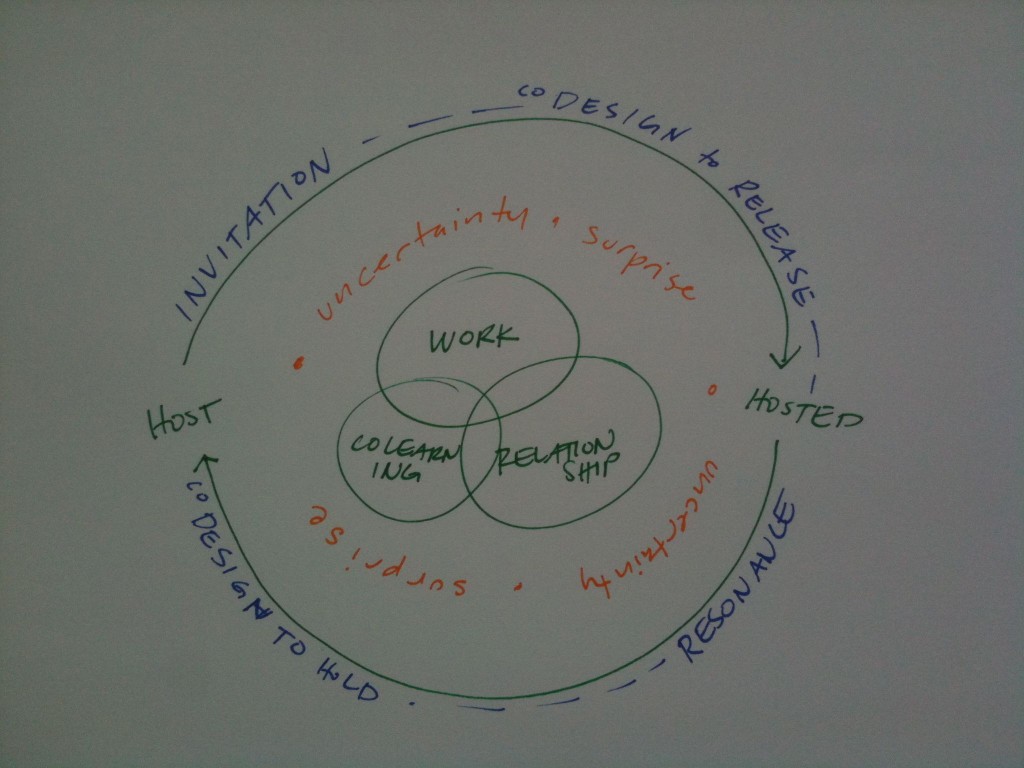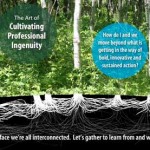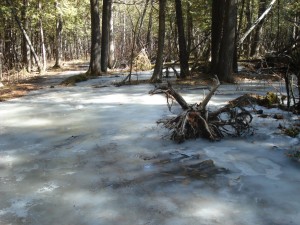I received my first yellow card this summer. For some, that means I broke a rule, for others it means that I was playing the game as it ought to be played. I am noticing that sometimes (but not always) I struggle with with breaking the rules – or even testing the rules.
The conundrum: I love rules and rules infuriate me. In much of my world, I appreciate rules and the structure they offer. Ill-applied rules, or rules that have lost their sense of purpose, frustrate me. In a soccer game, they provide the necessary level playing field for healthy and fair competition. Since I appreciate healthy and fair competition, I appreciate the rules that are in place to ensure the game is fair competition. We have an impartial official to do this for us, on the reasonable assumption that we are not equipped to do this ourselves in the heat of a game.
As I learn more about playing soccer, I notice that I am choosing more consciously when and where to be aggressive and when and where to let things happen. Whether playing a strong or a weak team, if we just let things happen, we will not hold our own. Each of us needs a measure of urgency for the team to hold its own. As is often the case with me, I go full tilt. (Yellow cards do not come from letting things happen.)
Early in the yellow card game I collided with a player from the opposing team. The official took me aside with a warning to take it easy. Later in the game, as one of their stronger players (I will call her Number 5) had a breakaway toward our net. I caught up with her, got a smidge ahead and kicked the ball out of play. In the process, Number 5 fell.
It was fair play: I had a chance to kick the ball out of play and I took it. The official confirmed this with me right away. Number 5, however, was on the ground and sobbing. She had hit her head on the ground. Her coach bellowed at the official, who, in return, gave me a yellow card for unnecessary rough play. Even after he declared it to be fair play.
Since I didn’t get a yellow card right away, I was a bit surprised. The official and I had a quick congenial chat about his call and we played on. But I wasn’t feeling that good about hurting someone. Then I noticed Number 5’s dramatic behaviour. After her “concussion” she was pretty much immediately back on the field. She slide-tackled one of my team mates and barks at the official, “Did you see that? She just took me out!” When the official calls her for being offside, she vehemently protests. At every turn she quips about her concussion, yet she plays hard and well – even with her head.
Technically, Number 5 is a skilled player. But instead of relying solely on her technical skill, she challenged us by challenging the rules – and the keeper of the rules – to see if she could gain advantage. This is a whole different game with a different set of skills to play with and around the rules to find advantage. With Number 5, it showed up in the sobbing and theatrics when she was knocked down (a common occurrence) or defeated. Or even when she made a mistake herself. By doing so, she may well get a call from the official that works in her favour – whether legitimate or not.
And here is where I struggle. There are competing value systems at play here. (In parentheses, I will refer to the Spiral Dynamics integral levels of consciousness. The colours. Please refer to this article for a primer, or just read along.)
The game is a competitive experience (RED). To be healthy and fair, there are rules to provide some boundaries to the competition (BLUE). My opponent choose to play the game in two ways – first technically within the rules, and second by playing with the rules.
My deliberation is whether or not the ‘playing’ with the rules is fair or not. Fair is noticing how the rules are being called and playing accordingly (providing no harm is done to another). If the official never notices when plays are offside, we notice this and play within the rules evident on the field in that situation. Usually, it works out evenly for both teams and there is no advantage. (If the official favours a team, that is another discussion).
Manipulating the circumstances to alter how the official makes a call is another scenario. This is a competitive drive to play a political power game (RED) outside of the rules. It changes how the rules are seen by players and officials. With weak officials, the ‘game’ becomes the game. Brave (RED) officials use their authority (BLUE) to make the needed calls. Players need to be mindful of which game is underway. Everyone has choice in this.
In the end, the drama is a distraction from the real game at hand – on and off the field. It may be appropriate at times, but it mostly keeps us from what we really wish to be doing. That said, the drama is not something I can avoid.
I wonder if I need to let myself get super competitive (RED) to battle in the manipulative realm. I am quite competitive, but from a place to improve my performance relative to me, not to others. I do not need to win. I need to do well. My measuring stick is internal; I do not need to win over someone. My purpose (BLUE) in this situation is to learn more and more about the game of soccer and how to play it. In my life and work, I aim to learn more and more about life and communities and how we work. This purpose (BLUE) tempers quite dramatically my competitive spirit (RED).
At the end of the day, I seek to understand. I need not react. I stand my ground. I am honest. I will not fake a fall. I will make the ‘game’ explicit when it needs to be. Number 5 was looking for ways to use the rules to her favour – a win at all costs. I don’t play from this mindset, on or off the field. I’ll pour my energy into intention – with an organization, a community, or a couple of teams learning and developing and practicing their soccer skills.
From time to time I deliberate about whether I should make a scene when I fall on the field. Whether fouled or not, I could choose to stay down on the ground (and maybe sob). I could exaggerate a shove or fall. Maybe get a free kick or penalty shot. It’s just not in me to do that. I am too transparent. But I recognize that I need not ignore the ‘game’. On and off the field there is more than one game in play and I need to recognize which one is underway. In the end it isn’t about whether I am breaking the rules – it is about which set of rules is being broken.
They can keep charging. I’ll stand my ground.



